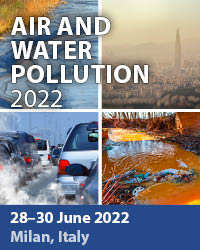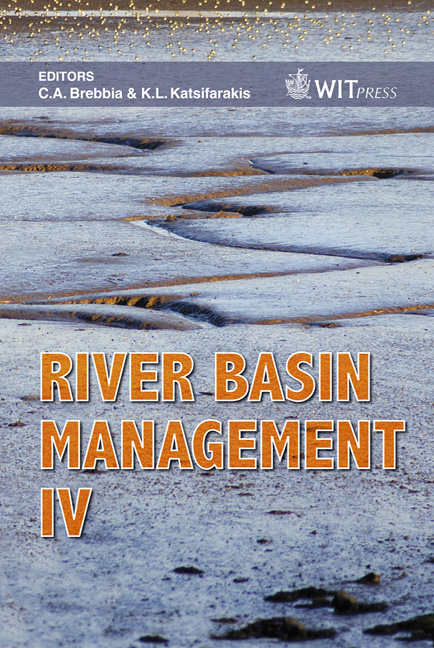River Pollution Models As An Instrument For Basin Management
Price
Free (open access)
Transaction
Volume
104
Pages
9
Published
2007
Size
242 kb
Paper DOI
10.2495/RM070441
Copyright
WIT Press
Author(s)
G. Genon
Abstract
River models are considered a useful instrument in order to assess the effects of point and non-point loads on receiving river waters. The problem of load allocation and definition of wastewater treatment limit can be conducted on the basis of use of predictive models, by evaluating real verification of effects. The structure of models, the methodology for their validation and calibration are discussed, and the use of the obtained predictive tool is shown; applications are presented with reference to equilibrium between benefits from improved water quality, with lower externalities, and increased treatment cost. Also the problem of load reduction sharing between different subjects is presented, and attribution criteria are discussed. Keywords: models, territorial program, wastewater, cost-benefits, externalities, treatment cost. 1 Introduction In order to save the quality of water resources for future generations, and at the same time in order to allow the actual uptake for different uses, the European Directives (in particular Directive 2000/60/EC [1]) individuated quality standards for river waters, that can be respected in a scheduled time. The indications of these objectives have been translated in national laws, and also Italian law presents some examples of this application. The Authorities in charge to program hydrologic basins destination have the burden to fix wastewater discharge limits for municipal treatment plants, to admit in water bodies industrial wastes with different final quality in consideration of realised treatment, to evaluate the effects of run-off phenomena on non-point immissions, to fix limits for agricultural use of
Keywords
models, territorial program, wastewater, cost-benefits, externalities, treatment cost.





